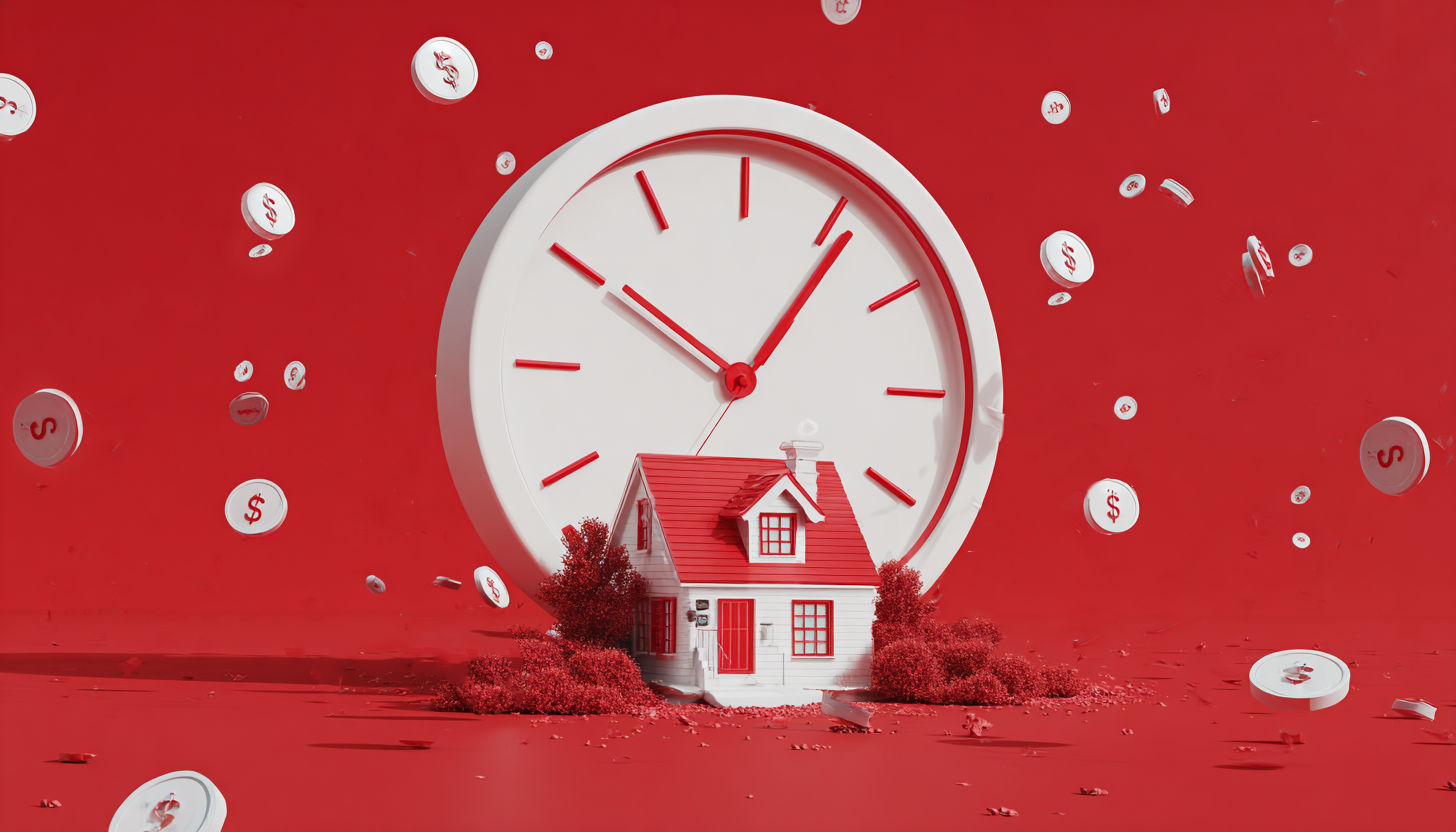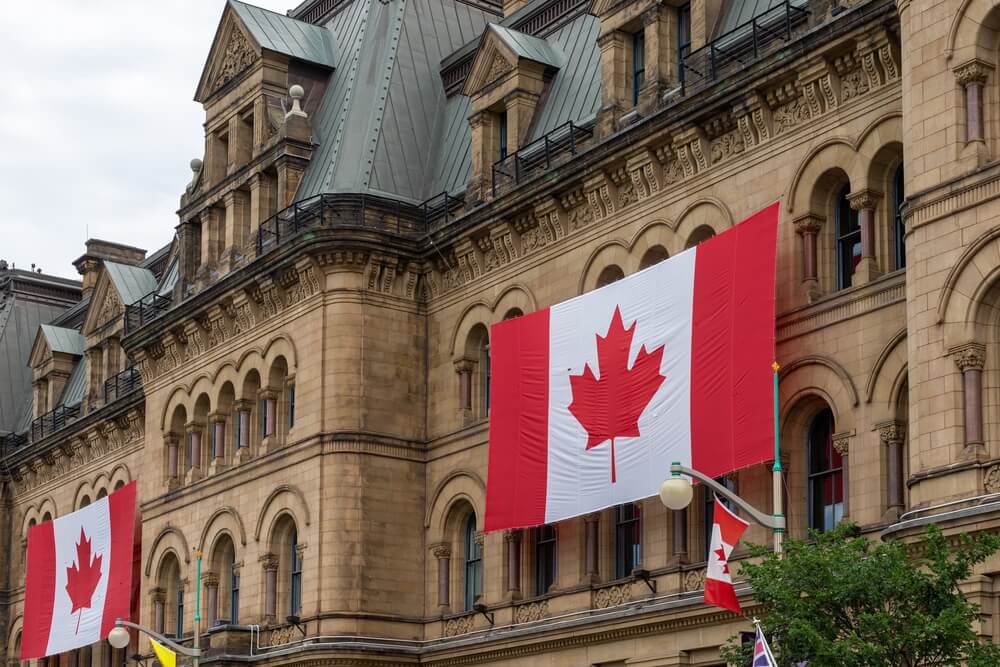
If you are not redirected within 30 seconds, please click here to continue.
Samedi: 10h – 16h HAE

If you are not redirected within 30 seconds, please click here to continue.
If you are not redirected within 30 seconds, please click here to continue.
Ask the Expert: Can the new Liberal housing plan solve Canada's housing crisis?
Ask the Expert is a monthly column where Steve Garganis, lead mortgage planner at Mortgage Architects and founder of CanadaMortgageNews.ca dives into what’s going on with mortgage rates and the Canadian housing market. Have a question for Steve on home buying and your mortgage? Reach out to us at media@rates.ca.
Recently, Prime Minister Mark Carney and the Liberal party unveiled Building Canada Strong, a new ambitious housing plan to accelerate residential construction with the goal of building 500,000 homes a year.
Their most notable policies include cutting development fees for new construction, having the government play the role of developer to build and manage affordable housing across Canada (the Build Canada Homes Plan), and to eliminate the Goods and Services Tax (GST) for first time homeowners purchasing homes under $1 million.
This plan comes at an uncertain time — Canadians are contending with high unemployment, stagnating real estate markets in our biggest cities, and an ongoing affordability crisis. Our mortgage expert weighs in on the new Liberal plan and where he thinks mortgage rates are heading in the near future.
What are your thoughts on the Building Canada Strong plan?
Do you think it goes far enough to solve the housing crisis? Anything you think they could do differently?
After a rollercoaster election and one of the biggest surprise turnarounds in history, we have a new minority government in Canada for the next four years led by Prime Minister Mark Carney. Love him or hate him, we should all wish the new leader all the best. His success will translate into our success.
Being Canadian means supporting your country and that means supporting and respecting your government. It’s okay to criticize when appropriate and necessary. We all do it. But in order to remain positive it helps to start out with a positive outlook. The Liberal promise to build 500,000 homes annually per year is an ambitious plan and target.
According to a 2023 report from the Canada Mortgage and Housing Corporation (CHMC), we need 3.5 million additional housing units built by 2030 to restore housing affordability.
Our housing starts have been roughly 200,000 annually for over 50 years. Yet, our population growth exploded over the last 10 years. Add it all up and you have a massive supply issue. We all know what happens when demand higher than supply: Record high real estate values.
The Liberal’s BCH plan is ambitious. I want to be optimistic, but this seems like pie in the sky thinking. I see big numbers like $25 billion in debt financing for prefabricated homes. This is a red flag for me. A prefabricated home is a low-cost, low-quality home that is usually intended more for temporary purposes. And then I also see $1 billion in equity financing which means the government wants to get into social housing ownership. I am against any form of government ownership. This has always resulted in dilapidated accommodations.
What I do like is the reduced municipal development charges. Now, we’re getting somewhere. If we get those fees down to reasonable numbers, we will create the environment for builders to build and lower prices for buyers to buy.
I also like the elimination of the GST – but I don’t like the restrictions. The GST is removed but only for homes under $1 million and only for first-time homebuyers. I want to see them eliminate the GST completely for everyone. They can put a time limit on it if they like – say, until we get our housing inventory back up to a satisfactory level.
In addition to the policy points, I’d go one step further. We need skilled construction workers. Bring in qualified construction workers into Canada. While we’re at it, we need qualified workers across a number of different industries.
The new Liberal government has a chance to make a difference. Here’s a few suggestions to make home ownership easier and increase the supply of rental units.
As I’ve written before, I would support extending amortization terms to 35 or even 40 years. We need help with lower mortgage payments now. Did you know borrowers rarely use the full amortization period to retire their mortgage? Typically, most mortgages are paid out in 15 to 18 years. This is because incomes increase over time while mortgage balances decrease. The overall repayment is accelerated organically as more income is available to pay debts off.
We should also encourage rental property investment. Somewhere along the way, owing a rental property has become synonymous with greed. But by supporting rental property ownership, we will put more rental housing units in the market. It is my opinion that more supply will naturally regulate housing costs.
The BCH plan is a good start. They need to do more. Amid all the economic uncertainty around the world and at home, home sales have slowed. Home values have fallen. Condo prices have collapsed. Okay, this is the bad news. But there are things to be optimistic about and to look forward to.
Let's put aside our differences and work together to make this a country we can love and prosper in.
The Bank of Canada has recently decided to hold rates. However, there’s still major shake-ups south of the border and much uncertainty spilling into the economy and, subsequently, the housing market.
What can people expect in the future when it comes to their mortgage and renewal rates?
I’ve said this before, but it bears repeating: Bad economic news is good news for mortgage rates. That’s because weak economic data results in lower inflation. Low inflation allows the Bank of Canada to lower interest rates to stimulate the economy. Lower Bank of Canada rates directly reduce your variable rate mortgage.
We also have other factors that influence the overnight rate:
The U.S Fed:
Canada is dependent on the U.S. for many things. They are our biggest trading partner. Our interest rates are also closely tied to the US. When the U.S. 10-year treasury yield goes up, our rates typically follow -- or at least are less likely to decrease. Keep an eye on the US 10-year yield. When this increases, Canada’s mortgage rates usually follow.
Inflation:
The generally acceptable level of inflation is 2% to 3%. The Bank of Canada pays attention to inflation and will adjust the overnight rate to control inflation – most often, that means increasing the cost of borrowing to tamp down on spending when inflation is above 3%.
Unemployment:
Unemployment was reported at 9% by Statistics Canada as of April 2025. If this goes above 7%, we may see mortgage rates start to fall faster. High unemployment means people are struggling or will struggle financially. This translates to less disposable income and possible credit defaults such as late payments on credit cards, loans and mortgages.
Having said that, predicting rates is tricky right now. I predict volatility in the short term. Rates are going to go up and down. We may have seen our bottom or close to it right now. Few people believe we will see the days of 2% interest rates again – or least not until the next major crisis. I would say there is more room for rates to go up than down.
Fixed mortgage rates are hovering in the low 4% range, and while it may be possible to get a rate in the high 3% range, it’s rare. While there is some room for rates to fall, don’t expect a drop to COVID-era rates.
Variable rate mortgage pricing has worsened over the past year. Lenders price variable rate mortgages by offering a discount from the lender’s prime rate. For example, a lender might offer a discount of 0.5% off the prime rate. If the prime rate is 4.95%, then the variable mortgage rate would be 4.45%. Currently, the discounts on offer aren’t ideal, with most discounts at roughly 0.4%. I wouldn’t recommend a variable rate until the discount from prime is greater than 0.5%. Those who are purchasing a home with less than a 20% downpayment may be in luck, as some lenders may offer prime less 0.8% or better in these cases.
For those wondering whether a variable mortgage rate is better than a fixed rate mortgage, at the moment, the difference in rates between the two is minimal. Look for a difference of at least 0.5% or more before choosing a variable rate over a fixed rate.
Catch up on Steve’s other columns:
- Ask the Expert: What’s your Canadian mortgage strategy in Trump’s tariff war?
- Ask the Expert: With the capital gains tax hike on its way out, is this your chance to buy an investment property?
- Ask the expert: How Trump’s tariffs will affect your Canadian mortgage
- Ask the Expert: Solutions for a flatlining condo market and new year predictions
Ready to find a mortgage for your dream home?
See and compare the best mortgage rates in Canada.
Get money-saving tips in your inbox.
Stay on top of personal finance tips from our money experts!









